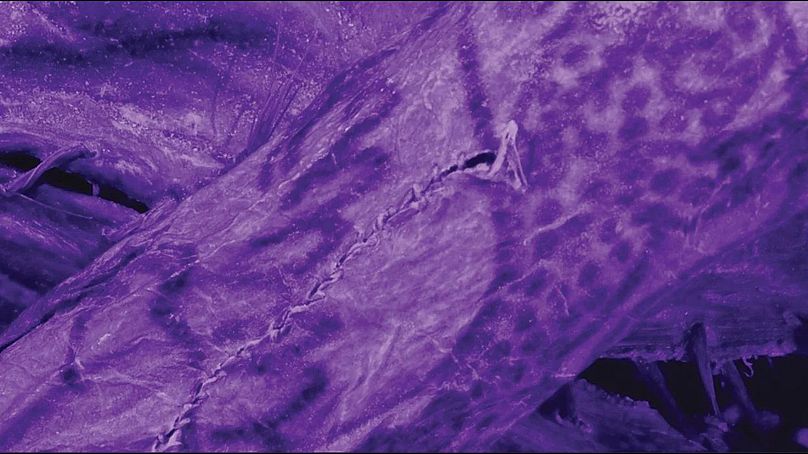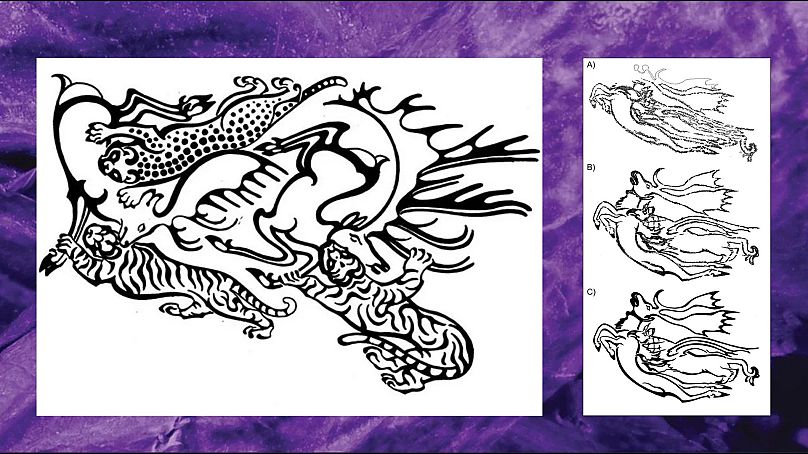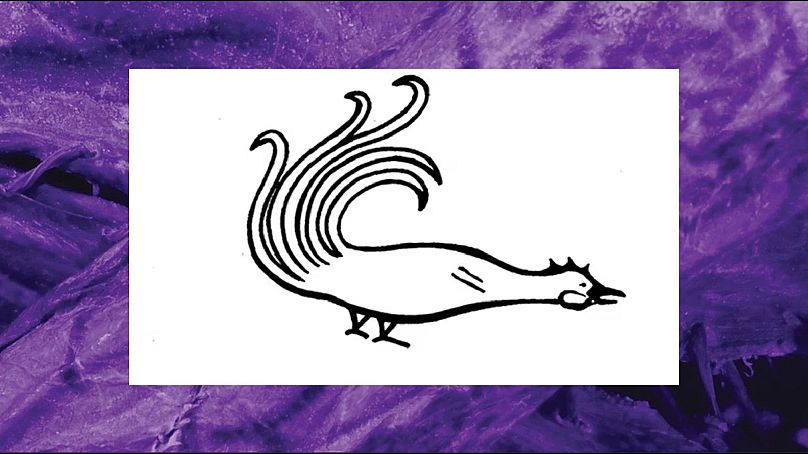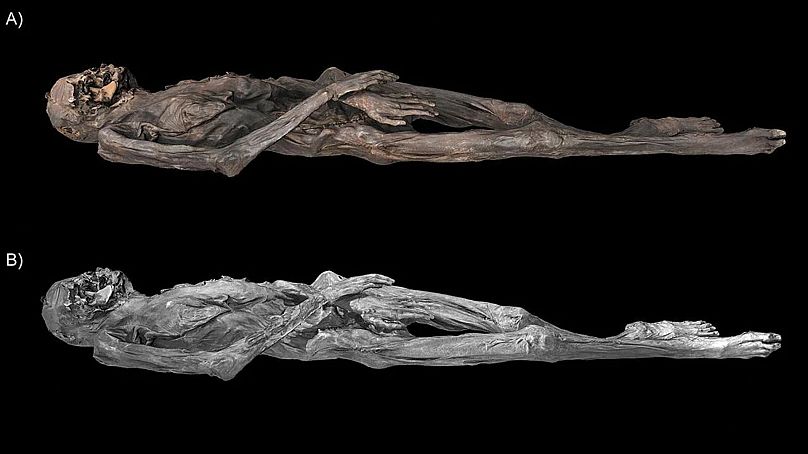Extraordinary ancient tattoo art uncovered on 2300-year-old ice mummy in groundbreaking study
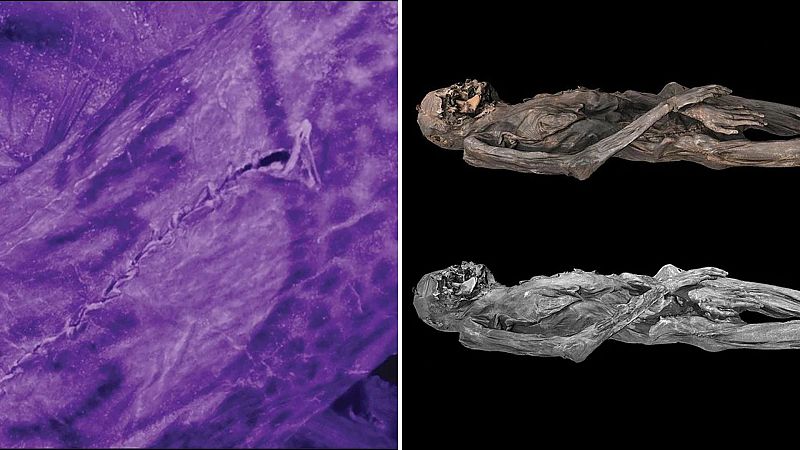
A woman buried more than 2000 years ago in the icy Altai Mountains of Siberia has become the unlikely subject of one of the most exciting archaeological tattoo studies in recent years.
Preserved in permafrost and long thought to be faded or invisible body art, her intricate tattoos have been brought to light using high-resolution near-infrared imaging - revealing a remarkable canvas of animals, mythical beasts, and ancient artistry.
“We knew that these mummies had tattoos,” explains Dr. Gino Caspari, an archaeologist at the Max Planck Institute of Geoanthropology and the University of Bern. “But some had skin so darkened and shriveled that the ink was no longer visible to the naked eye."
“So what we’ve done is essentially record wavelengths outside what humans can see - and that reveals these tattoos quite beautifully."
The mummy, belonging to the nomadic Pazyryk culture, was unearthed decades ago in the Altai Mountains, a region spanning southern Siberia, eastern Kazakhstan, and northwestern China.
These early Iron Age people were primarily herders (from 6th to 2nd centuries B.C.E.), travelling through the highlands with sheep and horses during summer - and burying their dead in the same frozen earth that would preserve their bodies for millennia.
What tattoos were found on the mummy?
Thanks to the advanced imaging techniques and a collaboration with a tattooist, the team uncovered vivid tattoos across the woman's body, including hunting scenes of tigers and leopards attacking deer and reindeer-like creatures.
One tattoo features a mythical griffin bringing down a herbivore. Perhaps most surprisingly her thumbs are decorated with small rooster-like designs.
“These are fantastic images,” Caspari tells Euronews Culture. “They’re extremely vivid, and they represent a unique art style that doesn’t really exist anywhere else.”
While the true meaning of these images is lost, as there are no written records from the Pazyryk, the team focused on understanding the techniques behind their creation.
“Some scholars had hypothesised that the tattoos were made through stitching, like in the Arctic, where a thread carries pigment through the skin,” explains Caspari. “But we were able to show these were actually puncture tattoos - made with needles, much like today’s hand-poking techniques, just without electricity.”
Their analysis revealed evidence of tattoos made over multiple sessions and even showed the pauses where an ancient tattooist had stopped to fetch more pigment.
For Caspari, these details humanise the process: “It brings you really, really close to the person creating the images. You can see where the line slightly shifts when they pick up again.”
The research also challenges earlier assumptions that only elite members of the Pazyryk society were tattooed. “All of the preserved ice mummies we’ve found so far are tattooed,” explains Caspari. “This seems to have been a widespread practice. And these aren’t simple designs - they’re sophisticated and clearly required a lot of training.”
Caspari hopes to build a publicly accessible inventory of tattoos on all known Pazyryk mummies. “It’s not enough to just publish black and white images. These tattoos are amazing, but we need high-resolution reconstructions to really understand how they were made,” he says.
“Given the huge public interest, I think people should be able to see and engage with them.”
Check out the video above for more images and extracts of our interview with Dr. Gino Caspari.
Today


